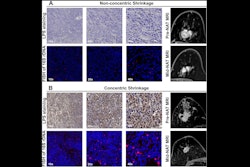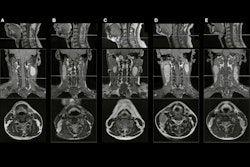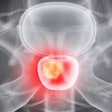More in Home
Pluvicto prostate cancer treatment protocols vary globally
January 23, 2024
Elastography tracks stiffness changes in breast implants
January 23, 2024
PET imaging reveals brain activity related to alcohol addiction
January 23, 2024
ChatGPT shows potential for assisting in bone tumor diagnosis
January 23, 2024
Psychosocial factors influence mammography adherence
January 23, 2024
Few ‘surprise’ patient bills are from radiologists, study finds
January 22, 2024






















